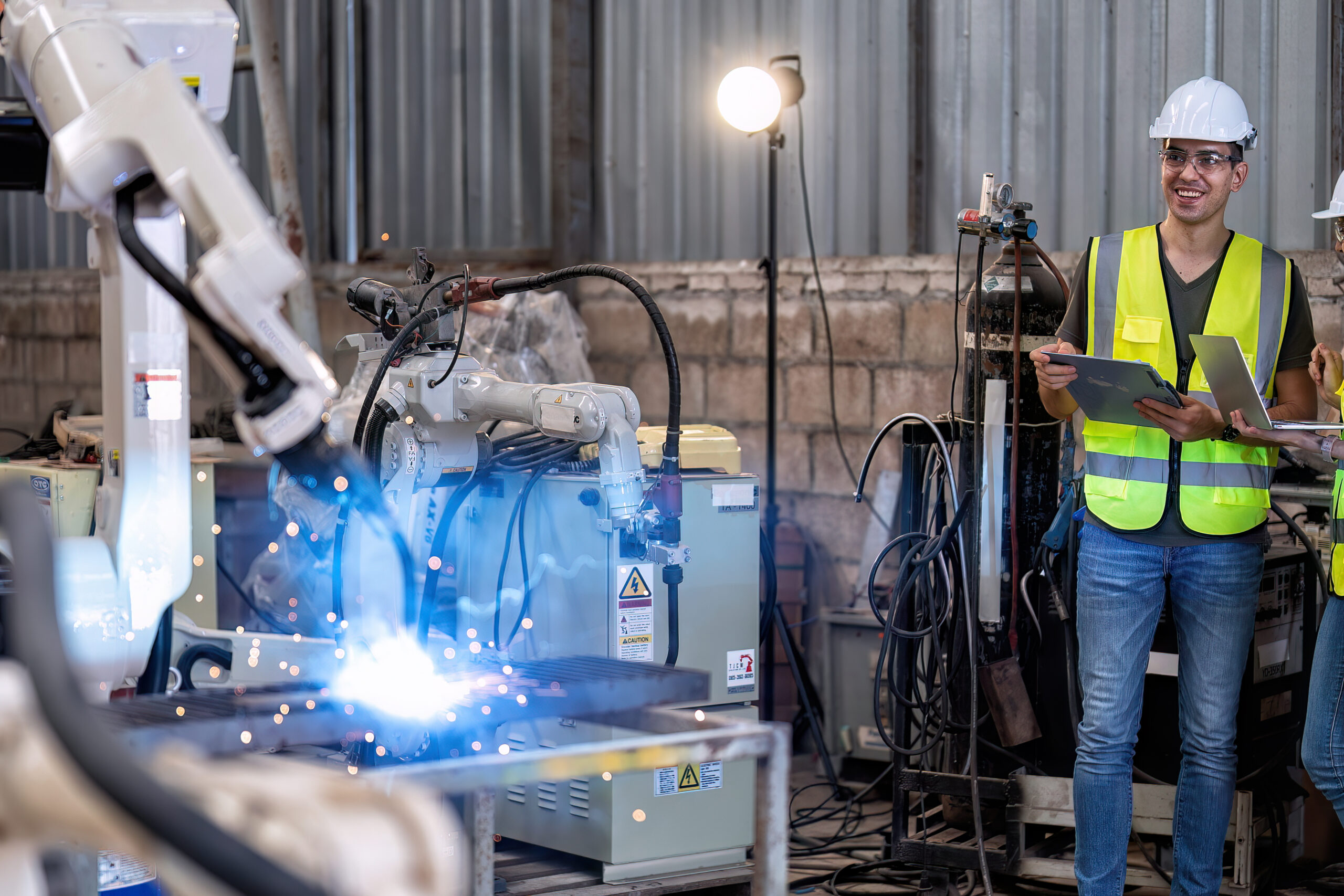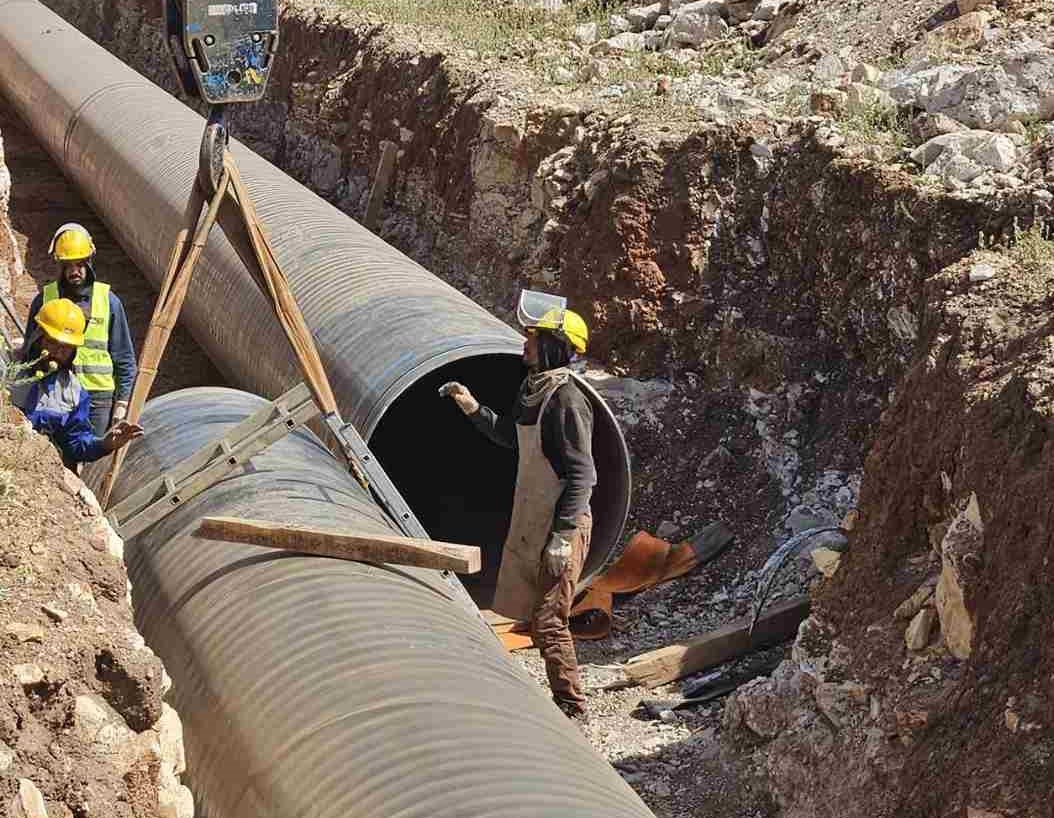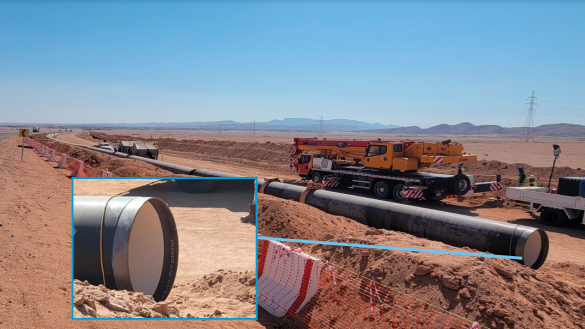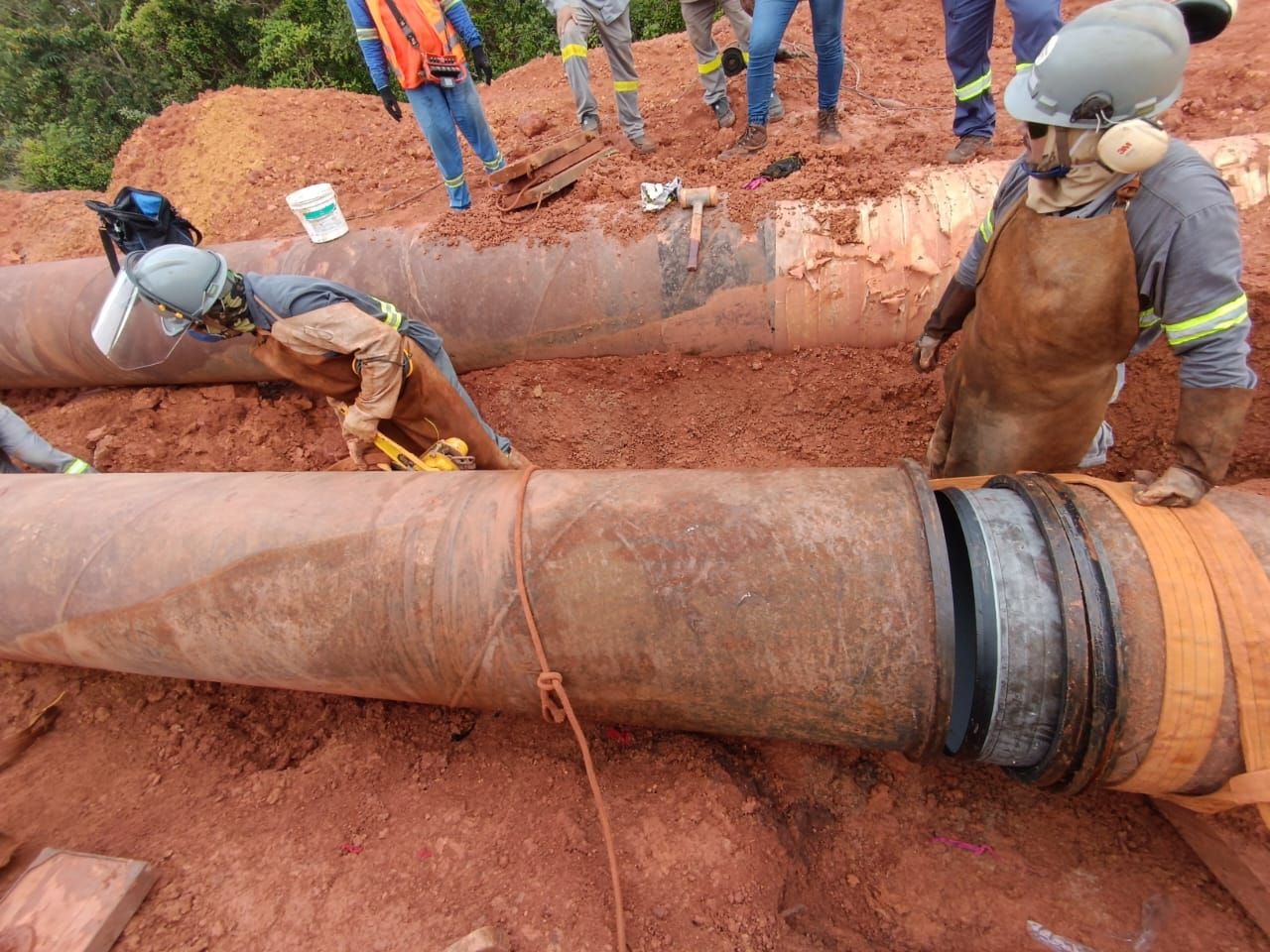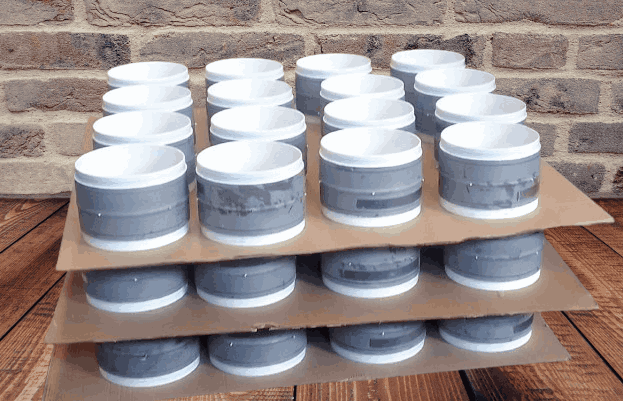Want to know the field inspection techniques for girth weld coatings? Here we go!
When inspecting the girth weld coatings on a pipeline, one of the most important things you can do is document your work. It’s not enough to visually inspect each weld and call it a day; you need to be able to go back and see if there are any issues with your work later down the road when something goes wrong with the pipeline.
That’s why it’s essential for pipeline inspectors everywhere to learn new inspection techniques to accurately assess whether or not the coating is good or bad before anything happens!
In today’s blog post, we’ll discuss some of these techniques in detail: how they’re used and what makes them effective when assessing girth weld coatings on pipelines. If you haven’t already learned about this topic yet, read on! You might find yourself learning something useful!
Best Field Inspection Techniques For Girth Weld Coatings
Non-destructive testing (NDT) is a broad term encompassing various techniques to inspect girth welds, coatings, and other parts to detect defects and flaws. Girth weld involves using instruments or sensors to evaluate materials without causing damage or destruction.
Girth weld coating may include the following types of tests:
1. Ultrasonic Testing (UT)
Ultrasonic testing (UT) is a non-destructive technique that uses sound waves to detect flaws in materials. It can inspect welds and other materials, such as castings, forgings, and ductile iron pipes. UT has been around since the 1940s, but it wasn’t until the 1980s that UT became more widely used for girth weld inspection applications.
UT uses high-frequency tones to generate ultrasonic waves that travel through the inspected material. The ultrasonic waves cause small vibrations in any flaws to present within the material.
These vibrations are detected by transducers mounted on either side of the test area so they can be analyzed by an instrument connected between them. The results from this analysis provide information about both size and location of any flaws within a test piece.
2. Guided Wave Ultrasonic Testing (GWUT)
Guided wave ultrasonic testing (GWUT) is a technique that uses ultrasonic waves to inspect welds. The ultrasound is guided along the surface of the weld and reflected by a transducer, which measures both distance and amplitude variations at different locations to determine any flaws present.
This inspection method takes multiple measurements along each side of the weld seam before moving on to another location. This allows for more accurate results than other methods (such as manual visual inspection).
3. Eddy Current (ET)
Eddy’s current inspection is a non-destructive testing method used to detect discontinuities in coatings. It uses a low-frequency alternating current that interacts with the coating, causing a magnetic field. The resulting eddy currents will flow in the direction of the changing magnetic field and produce voltages proportional to the distance from the surface.
Eddy current can be used on ferrous and non-ferrous materials but is more commonly used for ferrous materials such as steel.
4. Phased Array Ultrasonic Testing (PAUT)
PAUT is a method for inspecting the weld area of a pipe using an ultrasonic transducer. The PAUT instrument creates acoustic waves that are reflected from the surface and are detected by the same device, which produces an image of the weld and actual thickness.
5. Acoustic Emission (AE)
Acoustic emission is a type of non-destructive testing (NDT) that uses sound waves to detect flaws in metal components. It works by measuring the vibrations caused by tiny cracks or flaws in a material. A computer analyzes the data collected from these vibrations, which helps inspectors locate defects and assess their severity.
6. Magnetic Flux Leakage (MFL)
Magnetic flux leakage is another form of NDT that uses magnetic fields to detect flaws in metal components. It works by measuring the amount of magnetic flux that leaks from a component during an applied magnetic field. The more flux that leaks out, the more likely there is a defect somewhere in the component’s structure.
7. Visual Inspection
Visual inspection is one of the most basic and standard inspection techniques to identify corrosion pits, cracks, and surface defects in the weld. Visual inspection effectively identifies external corrosion on girth weld coatings because it can detect surface defects such as pits and cracks. External corrosion defects are often visible to the naked eye near the top or bottom of a girth weld coating.
Visual inspection cannot be used to detect internal defects within a girth weld coating because these types of defects are not visible from the outside. In addition, a visual inspection cannot detect internal defects located in inaccessible areas such as flanges or pipe bends where only minimal access will permit monitoring.
8. Holistic Approach – Applying A Combination Of Techniques
Using a combination of techniques is more reliable and can give you a better result. If you only use one technique, your inspection may be inconclusive. When using multiple inspection methods together, the results from each method can be combined to get a better final result.
FAQs
How do I know if I need to have my girth weld inspected?
If you’re not sure whether it’s time for an inspection, here are some signs that may indicate it’s time: The color of your coating has changed; there are cracks or holes in the coating; there are visual signs of corrosion; or if you notice any other unusual changes in appearance or behavior (for example, if your pipe has become much hotter than usual).
Why shouldn’t I use an X-ray machine to inspect my girth welds?
X-ray machines are great for finding cracks in concrete structures but don’t work on metal. You must use the techniques explained above to find cracks in metal surfaces like those on a bridge or building.
Conclusion
The more field inspection techniques for girth weld coatings are used, the more reliable the final result is. The most common reason for this is that each technique uses a different method of detecting a defect.
For example, radiography shows an image’s cracks as light and dark areas. Ultrasonic testing detects them with sound waves. Magnetic particle inspection detects ferrous particles that have been attracted to the area. Eddy’s current testing detects shifts in electromagnetic fields around an object. Each method has its strengths and weaknesses and can pick up on defects that other methods might miss—but it’s essential to use several tests when inspecting girth welds!

